
Football grounds are seriously special places – for many of us, they're second homes – and leaving them behind is invariably an emotional experience.
But the memories of what happened on their hallowed turf remain and endure through the years, keeping the legend going long after the turnstile has clicked for the final time.
Here, FourFourTwo takes you through some of the most iconic stadiums no longer standing.
32. Tower Athletic Ground (New Brighton Tower, New Brighton A.F.C.)
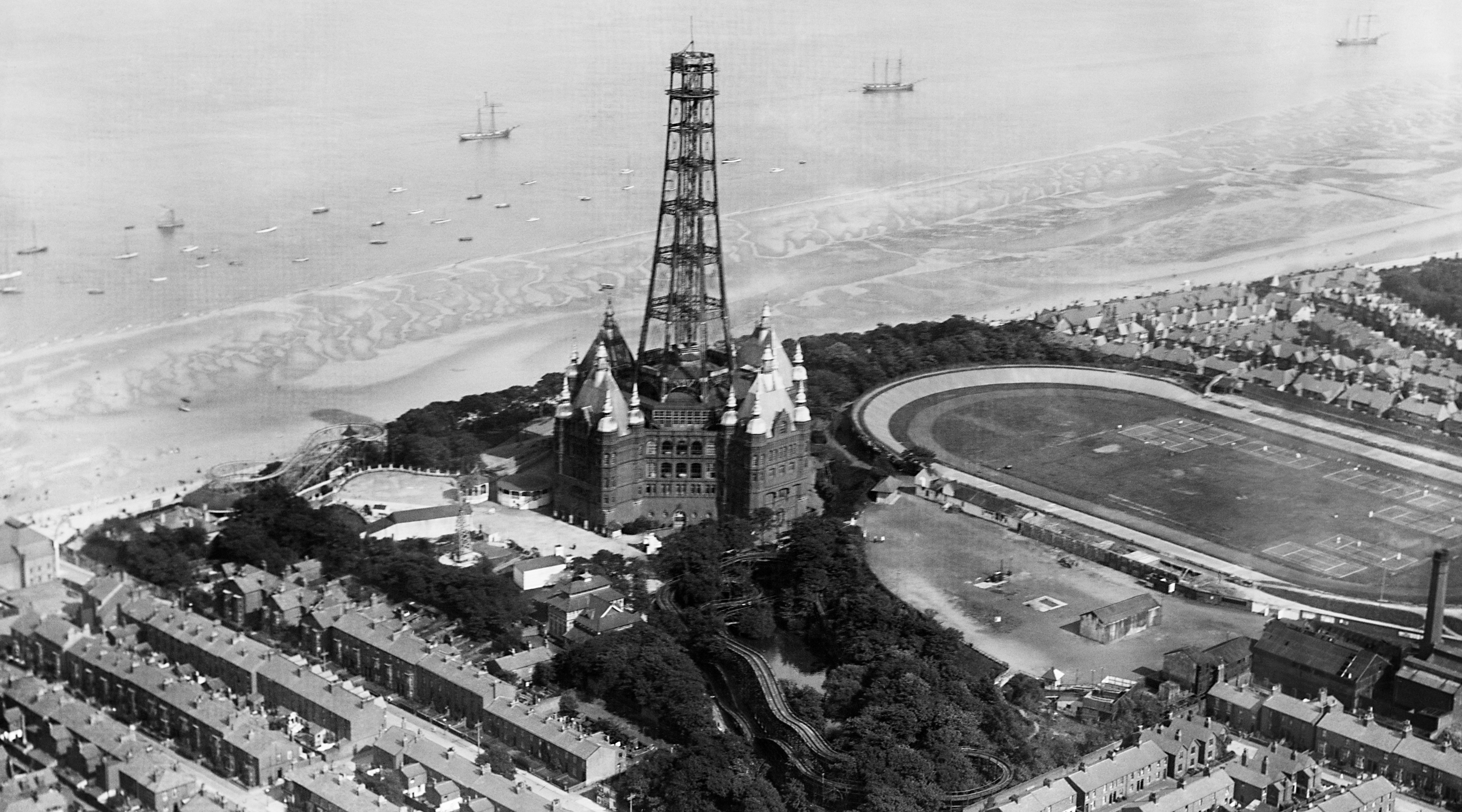
You could be forgiven for not having heard of New Brighton Tower or New Brighton A.F.C. – they dropped out of the Football League in 1901 and 1951 respectively – but their stadium was once among the biggest in the world.
Built in the shadow of the New Brighton Tower – once the tallest structure in the UK – the Tower Athletic Ground was estimated to hold 80,000 (although its record attendance was less than a quarter of that).
31. The Old Show Ground (Scunthorpe United)
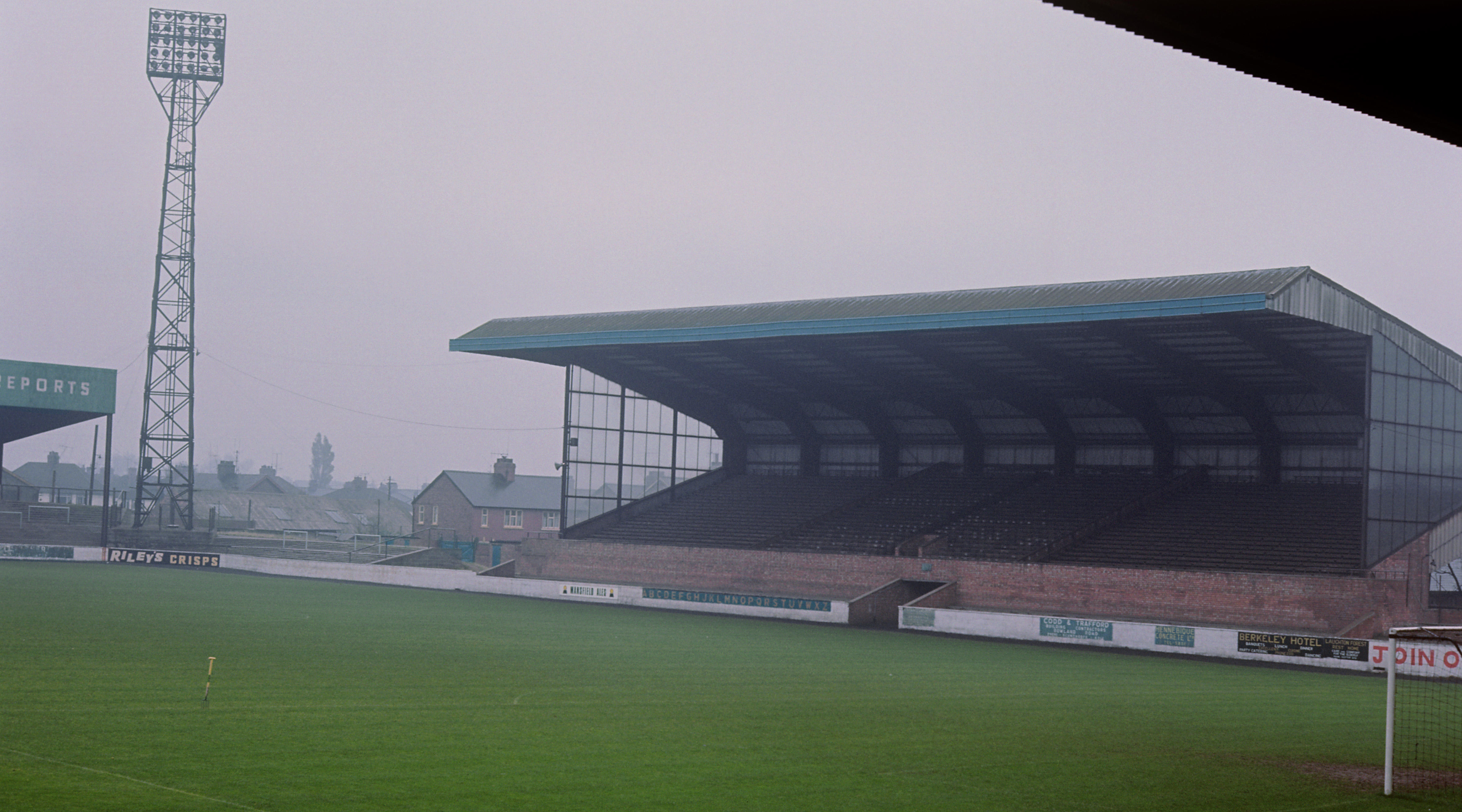
‘The first cantilever-roofed stand at a football ground in Britan, you’ll never sing that!’
Scunthorpe United fans probably have never sung that (mind you, we can’t say for certain), but the Old Show Ground enjoyed that niche architectural honour.
Home to the Lincolnshire club from 1898 until 1988, the likes of Kevin Keegan and Ian Botham graced its pitch in Scunthorpe colours.
30. Stadium 974 (2022 World Cup)
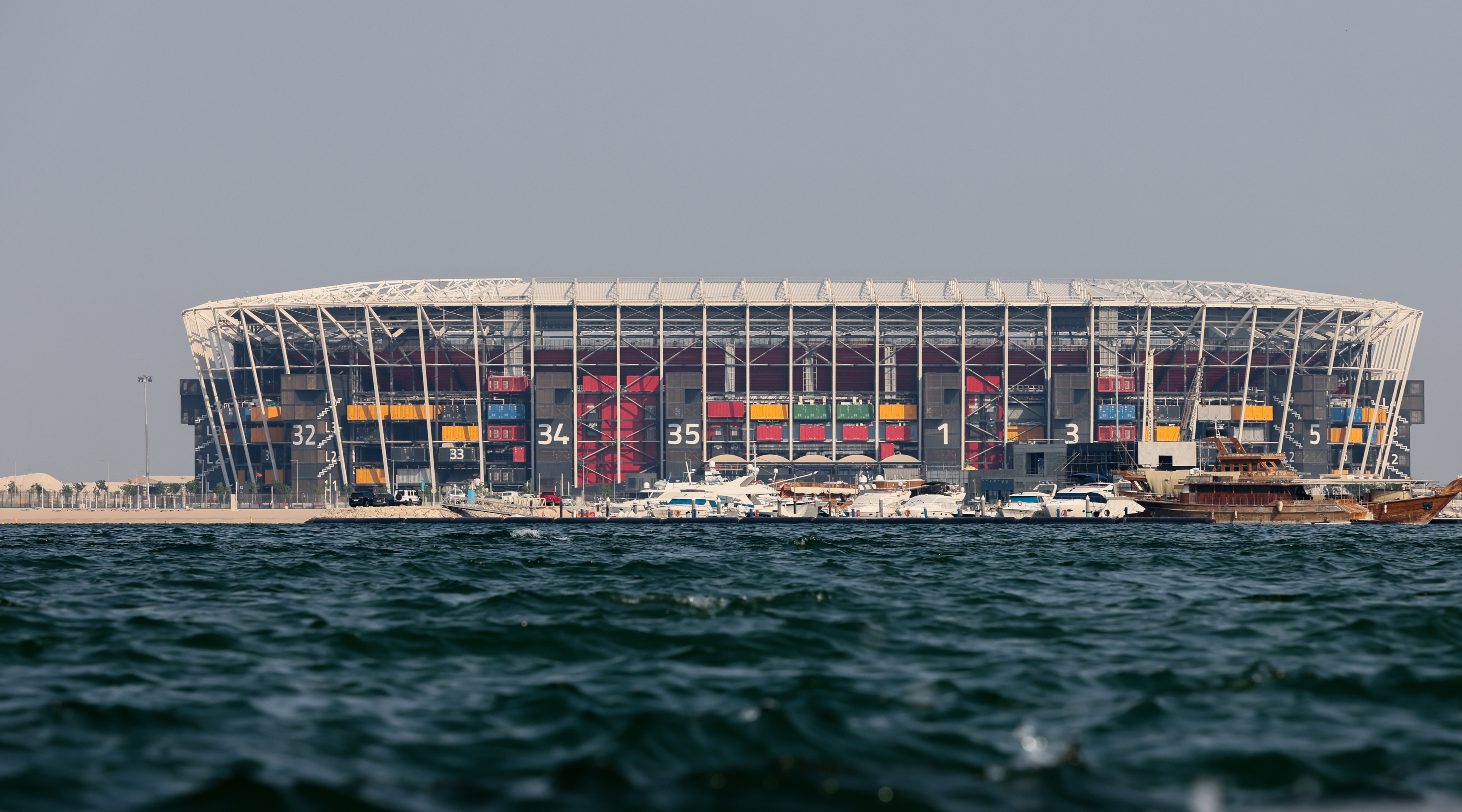
Qatar had to build all eight of its venues for the 2022 World Cup from scratch – and one of them was taken down again right after the tournament: Stadium 974, a unique venue constructed largely from shipping containers (974 of them, a nod to the international dialling code for the Gulf state – obviously).
Brazil, France and eventual champions Argentina all played at the first temporary venue in World Cup history.
29. Estadi de Sarria (Espanyol)
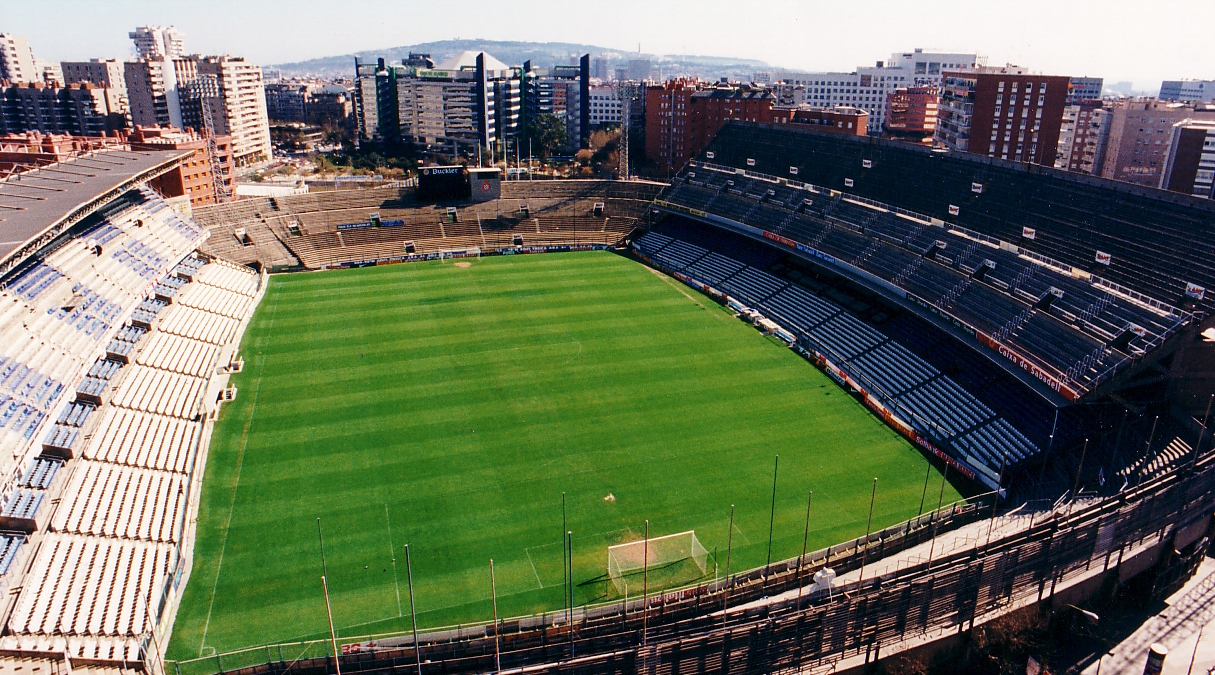
Flanked by steeply banked stands and with Barcelona’s famous Tibidabo hill rising in the distance, the Estadi de Sarria served as a striking home for Espanyol between 1923 and 1997.
A venue for the 1982 World Cup and 1992 Olympics, the Sarria also played host to musical stars such as Pink Floyd and George Michael.
28. Estadio Gasometro (Argentina, San Lorenzo)

The San Lorenzo de Almagro Stadium was affectionately known as the Estadio Gasometro due to its distinctive exterior resembling a gas holder (younger readers, that’s one of these).
Opened in 1916 and holding 75,000 at its biggest, the ground was home to Buenos Aires outfit San Lorenzo and hosted a number of Argentina international matches.
27. Gay Meadow (Shrewsbury Town)
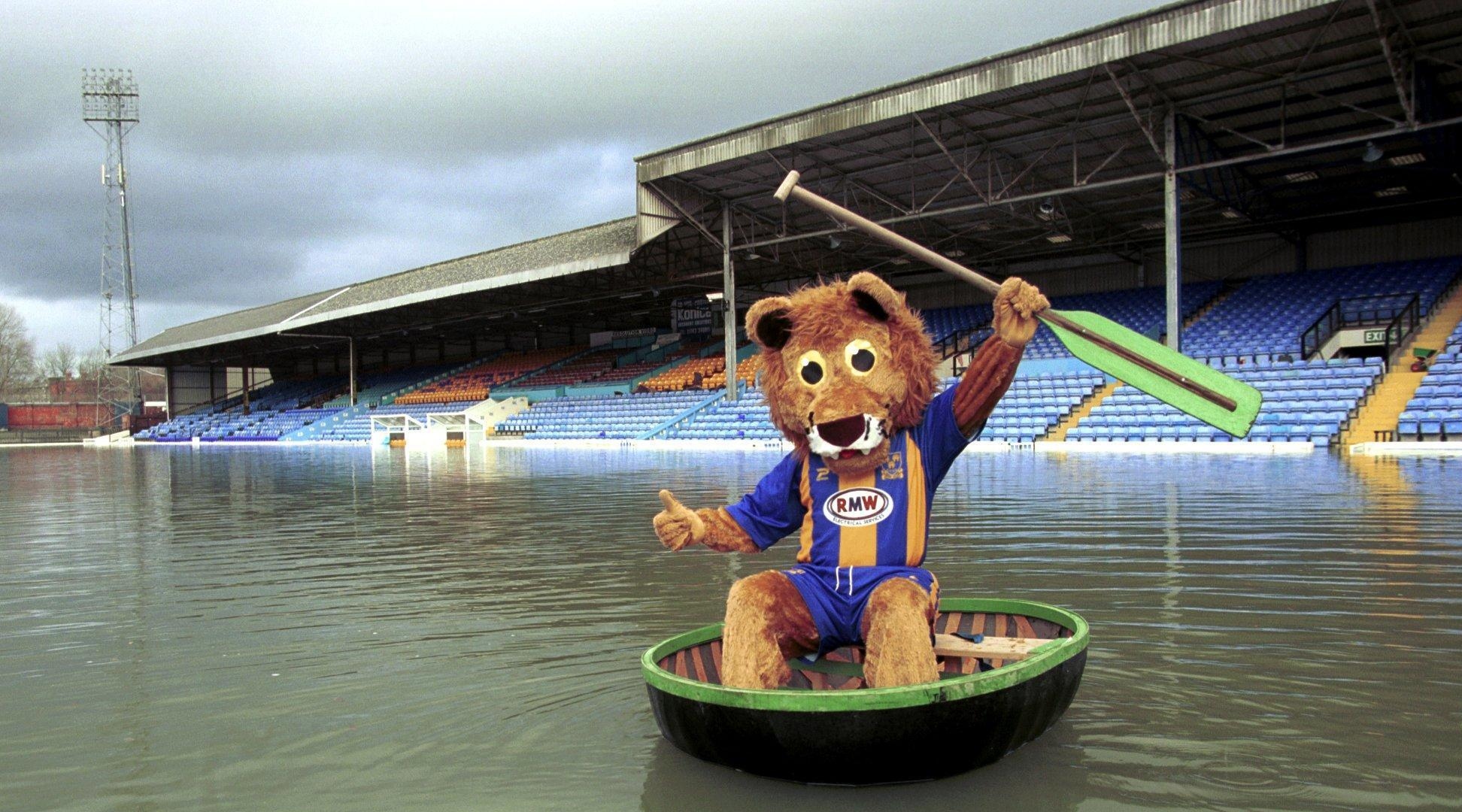
You might think Gay Meadow isn’t much to look at, and that wouldn’t be unfair – Shrewsbury Town’s home until 2007 was your typical English lower-league ground – but it has to make this list for what went on behind one of the stands…
With the River Severn in such close proximity, lost balls were a common occurrence – so much so that the Shrews’ groundsman set sail in a one-man rowing boat to retrieve them.
(It did also mean the ground was prone to flooding, which was less fun...)
26. Camp de les Corts (Barcelona, CD Condal)

Camp Nou is one of the most esteemed stadiums in world football – but it only opened in 1957; for 35 years before that, Barcelona played at the considerably smaller Camp de Les Corts.
Still, Barca’s old home (and that of lower-league outfit CD Condal) had a healthy capacity of 60,000, and the Blaugrana won their first six La Liga titles while based there.
25. Rasunda Stadium (Sweden, AIK, Djurgardens)

Part of a select group of stadiums to host the World Cup and Euros finals, Stockholm’s Rasunda Stadium was home to the Swedish national team and two of the country’s biggest clubs: AIK and, briefly, Djurgardens.
Featuring an impressive three-tiered stand reminiscent of that at Goodison Park by the time it closed in 2013, the Rasunda was the stage for Brazil’s World Cup-retaining 5-2 win over Sweden in 1958 and underdogs’ Denmark’s Euro 92 final victory over Germany.
24. Wankdorf Stadium (Young Boys)

An iconic venue of the mid-20th century, Switzerland’s Wankdorf Stadium hosted the 1954 World Cup final – the ‘Miracle of Bern’, in which West Germany surprisingly beat Hungary – and 1961 European Cup final.
Home to Young Boys, it was demolished in 2001, with the new Stadion Wankdorf (how original) completed on the same site four years later.
23. Burnden Park (Bolton Wanderers)
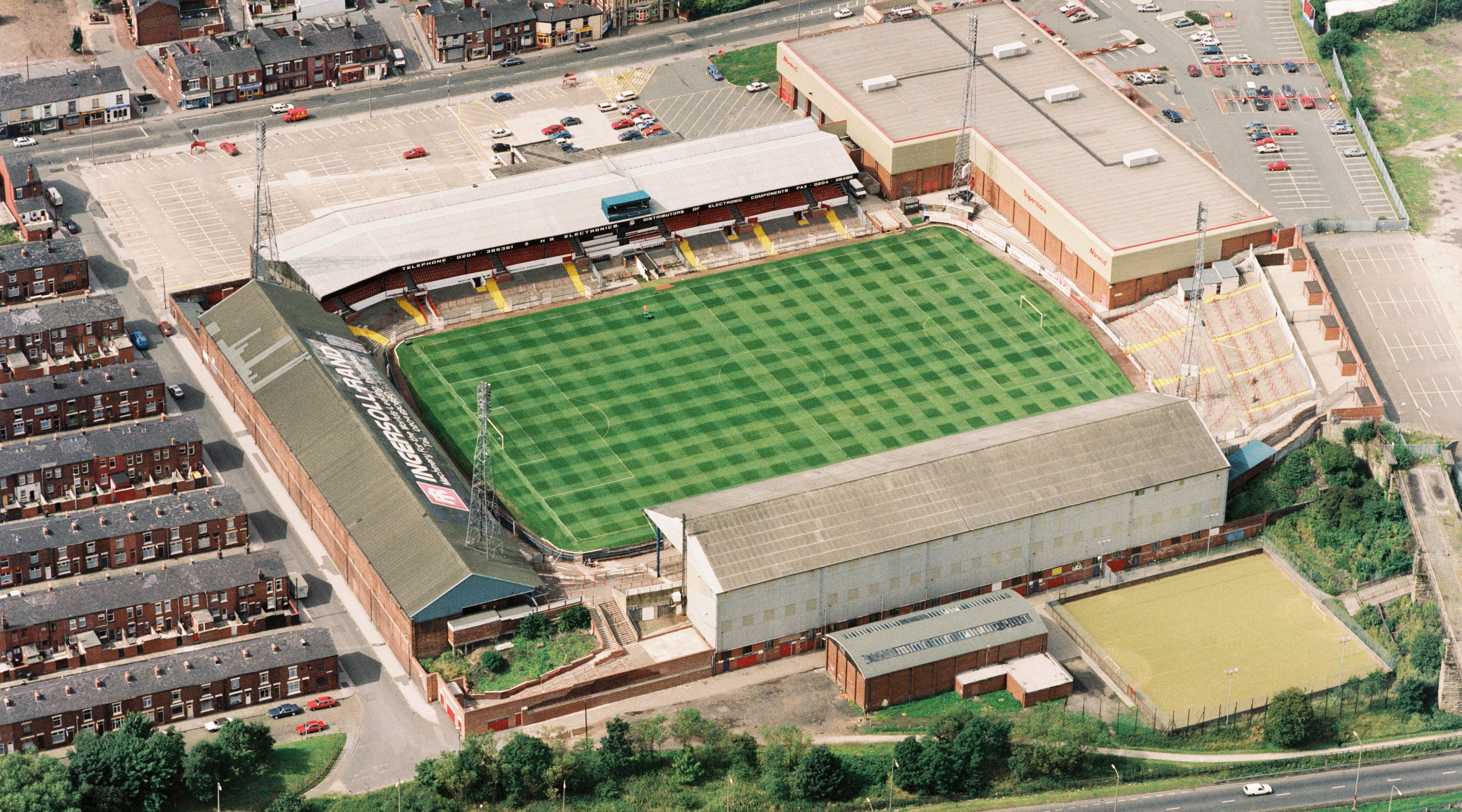
Famously depicted in L.S. Lowry’s painting, Going to the Match, Burnden Park was Bolton Wanderers’ legendary home for more than a century.
Venue for the 1901 FA Cup final replay between Sheffield United and Tottenham, it was tragically also the scene of one of the worst disasters in English football history: the 1946 crush which killed 33 fans.
22. Bokelbergstadion (Borussia Monchengladbach)

These days, Borussia Monchengladbach play at the uninspiringly named Borussia-Park; that’s not a patch on Bokelbergstadion, a great German word if ever we saw one.
Mostly open to the elements, the Bokelbergstadion was Gladbach’s home as the Bundesliga giants dominated German football in the 70s – when they also won two UEFA Cups and reached the European Cup final.
21. Estadio das Antas (Porto)
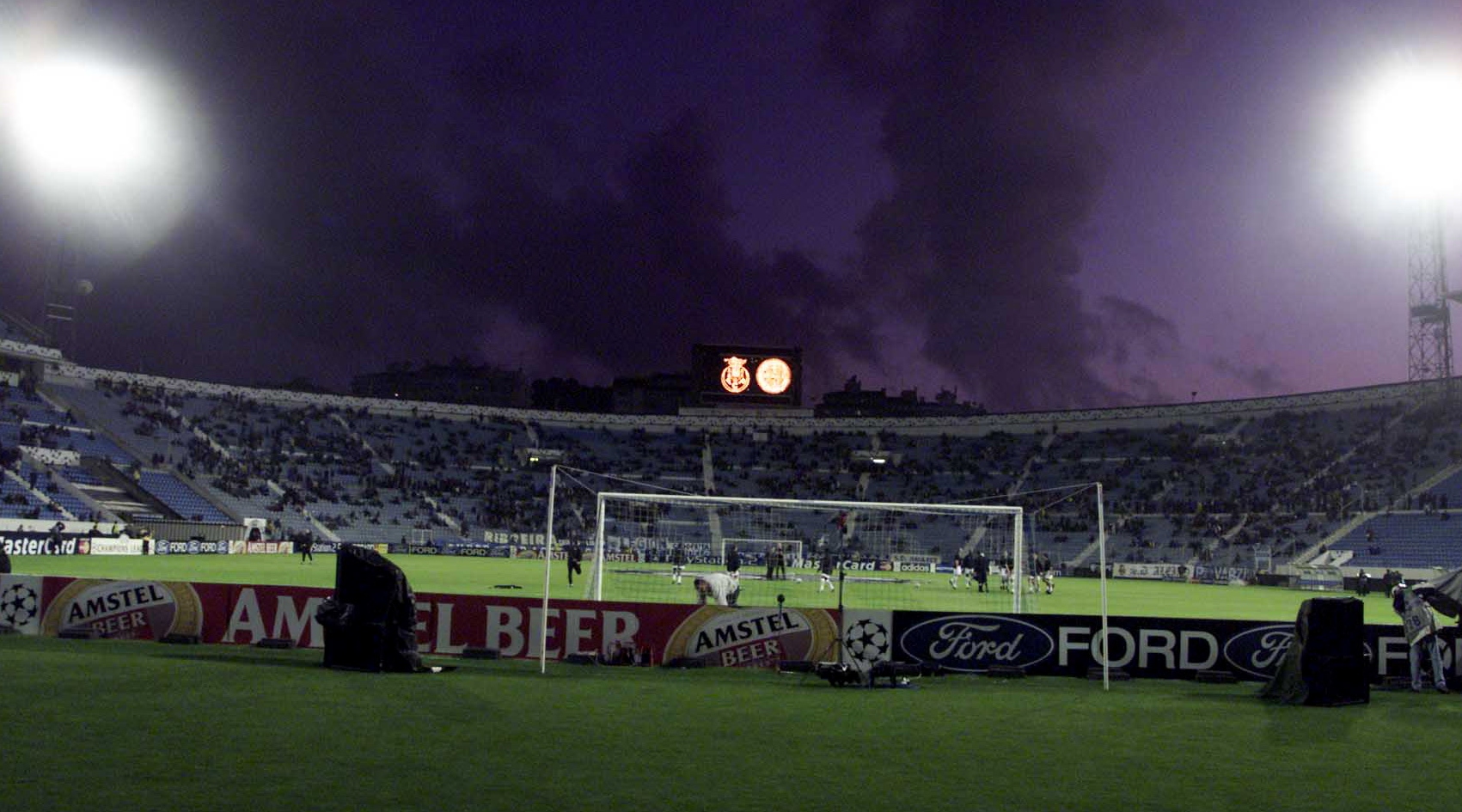
Founded in 1893, Portuguese giants Porto had moved into their third stadium by 1952: the Estadio das Antas (literal translation – get this: Tapir Stadium).
The Portuguese giants played there until 2004 – when they moved to the Estadio do Dragao – winning 17 league titles and two European Cups / Champions Leagues during that time.
20. Stadio delle Alpi (Juventus, Torino)
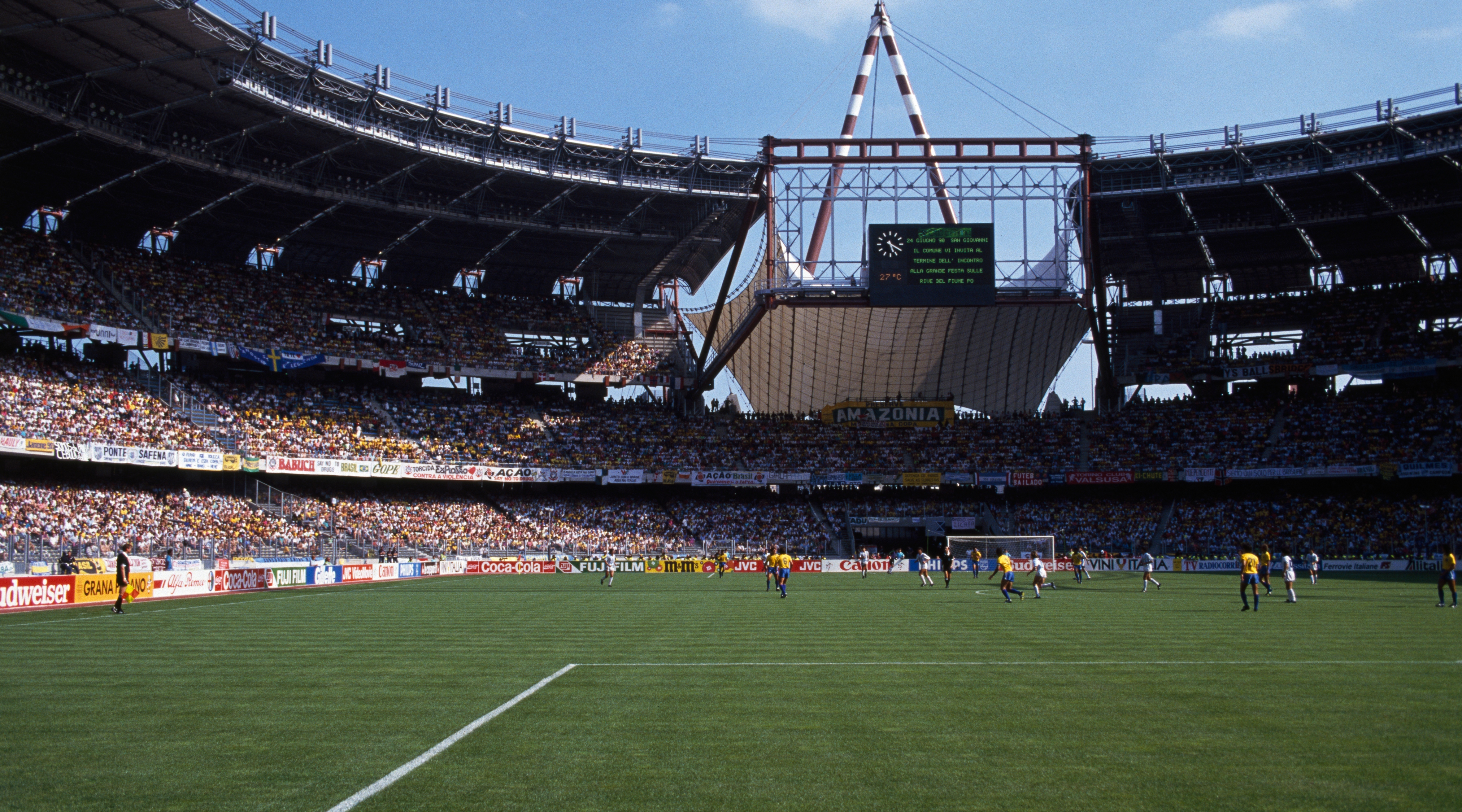
Thanks to its running track, there was never really much of an atmosphere at the Stado delle Alpi – one of the reasons why Turin rivals left for separate stadiums after only 16 years – but we’re big fans of its architecture.
Complete with eye-catching canopied rooves at either end, the Stadio delle Alpi played host to five games at the 1990 World Cup, including England’s emotional semi-final defeat to West Germany.
19. Ayresome Park (Middlesbrough)
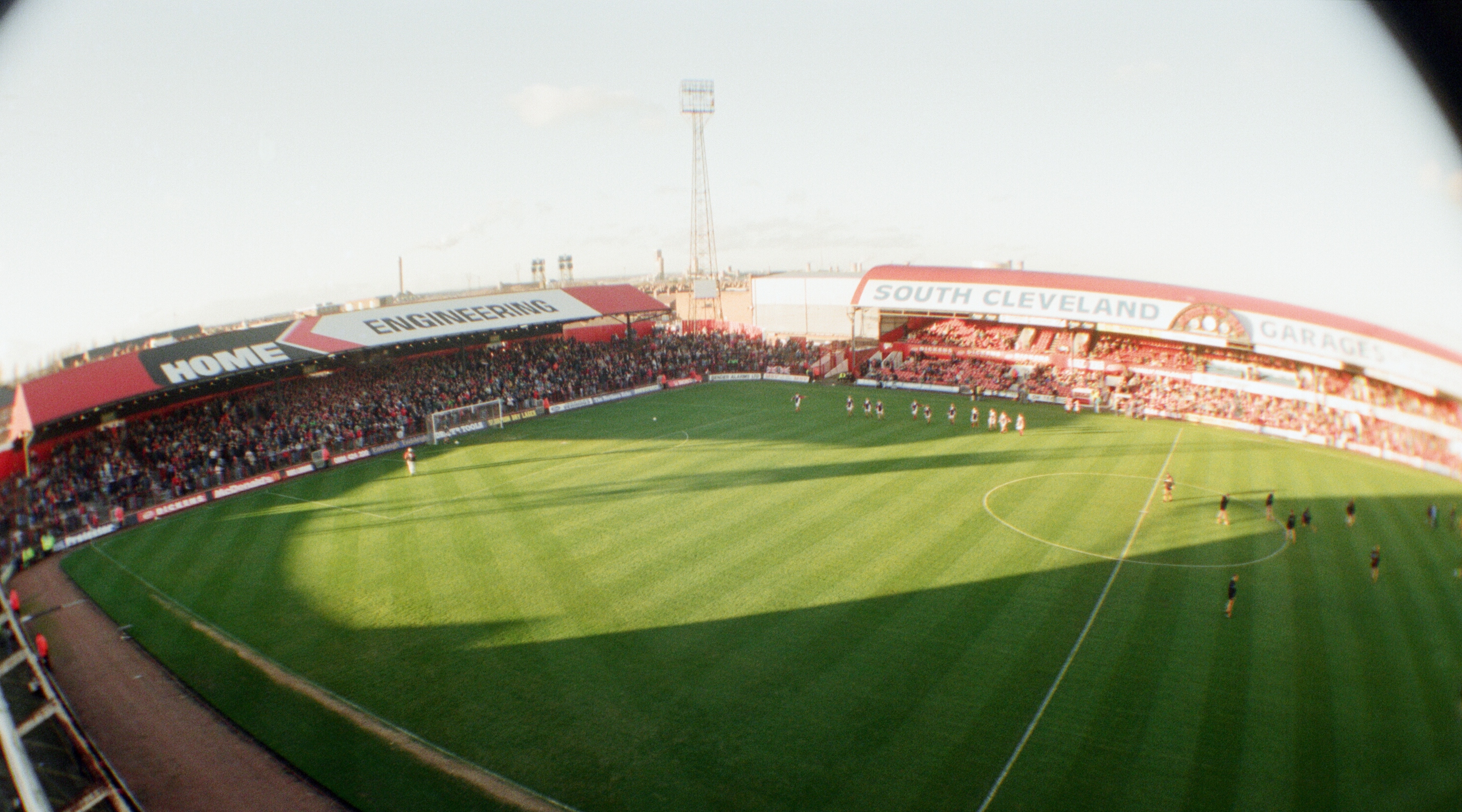
Packed among the terraced houses of Middlesbrough, Ayresome Park was Boro’s home for 91 years, staging top-flight football for much of that period.
Fittingly, the Teesiders won promotion to the Premier League by securing the Division One title in their final match among the ground’s sweeping terracing and four striking red rooves.
18. Central Stadium (Dinamo Tbilisi)
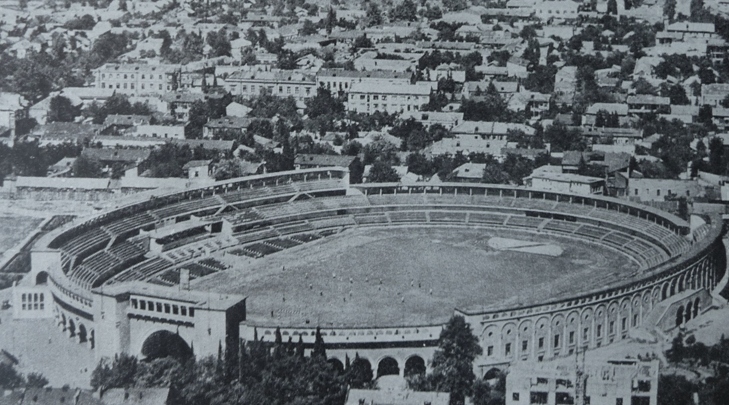
Home to Georgian giants Dinamo Tbilisi from 1935 to its closure in 1976, the Central Stadium was something of an architectural marvel – on the outside, anyway.
Looking more like the Colosseum than a football stadium, we’ve got to say it was far more aesthetically pleasing than its replacement, the Boris Paichadze Dinamo Arena.
17. Ali Sami Yen Stadium (Turkey, Galatasaray)
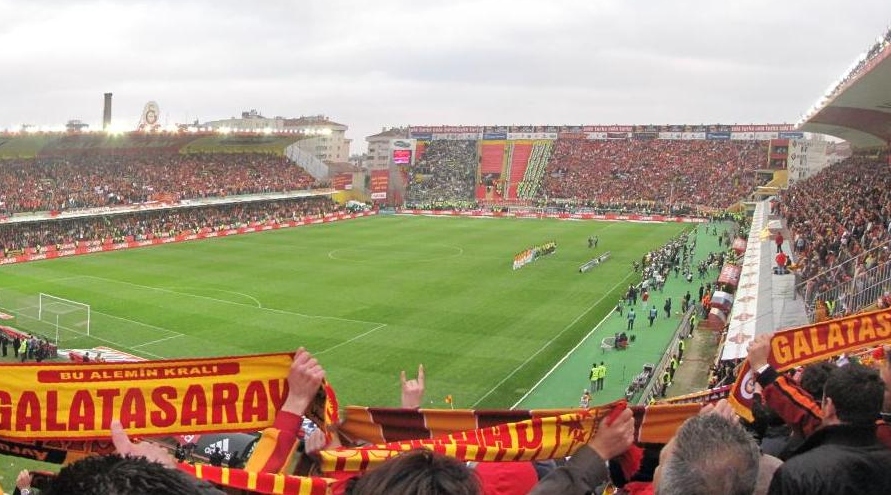
Given that they’re one of the best-supported clubs in football-mad Turkey, it’s a bit of a miracle that Galatasaray got by for so long with a stadium which seated less than 25,000.
But what the Ali Sami Yen Stadium – named after Gala’s founder – lacked in capacity, it more than made up for in intensity, boasting one of the most ferocious atmospheres in world football.
16. Highfield Road (Coventry City)
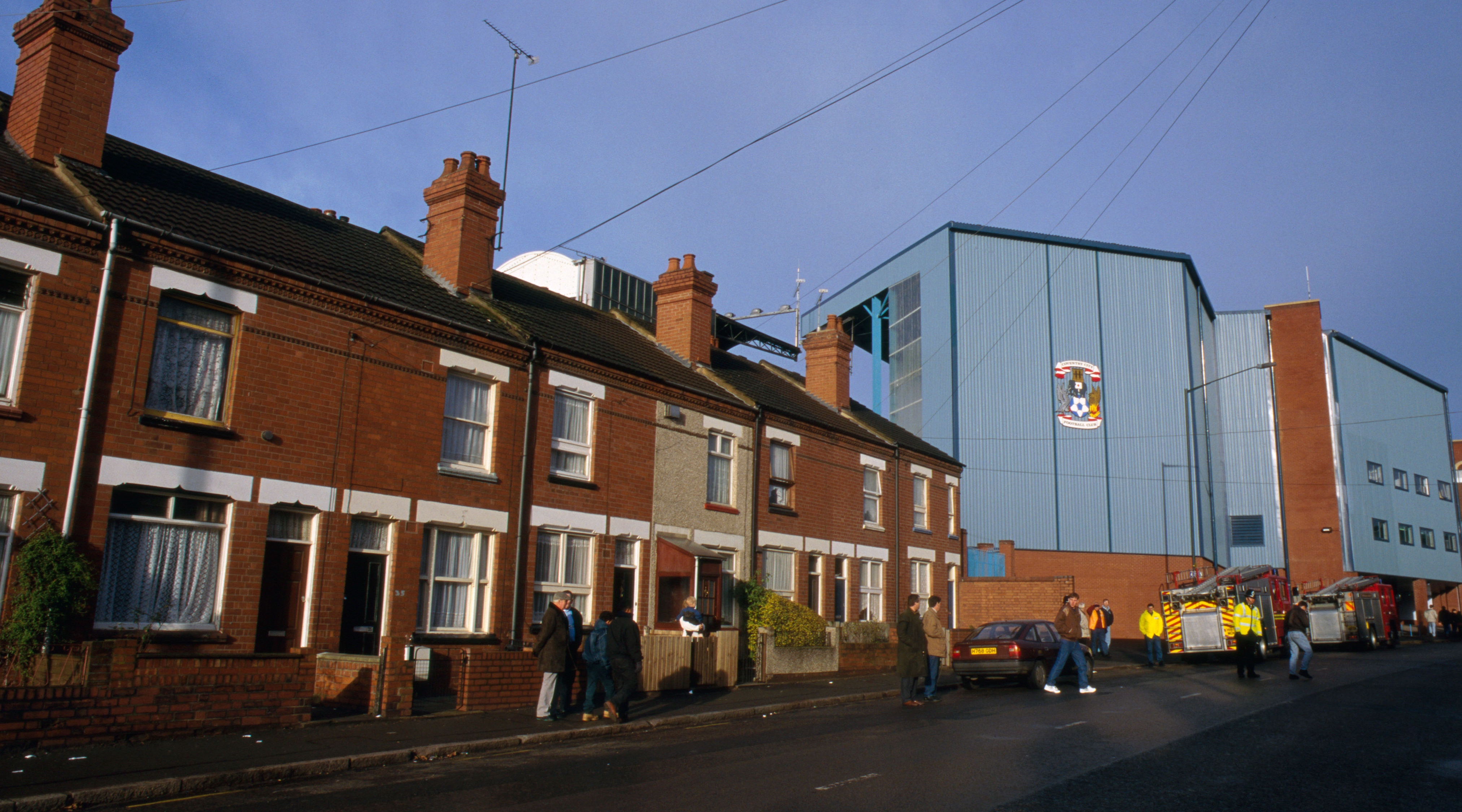
Two decades ago, Coventry City made a massive downgrade, taking up residence at the frankly soulless Ricoh Arena after leaving their home of 106 years, the outdated but homely Highfield Road.
A quintessentially British mixture of brickwork and corrugated steel on the outside, plonked among houses and factories, this atmospheric old ground shut its doors in 2006 (but only after Elton John had brought the house down).
15. Cathkin Park (Queen's Park, Third Lanark)
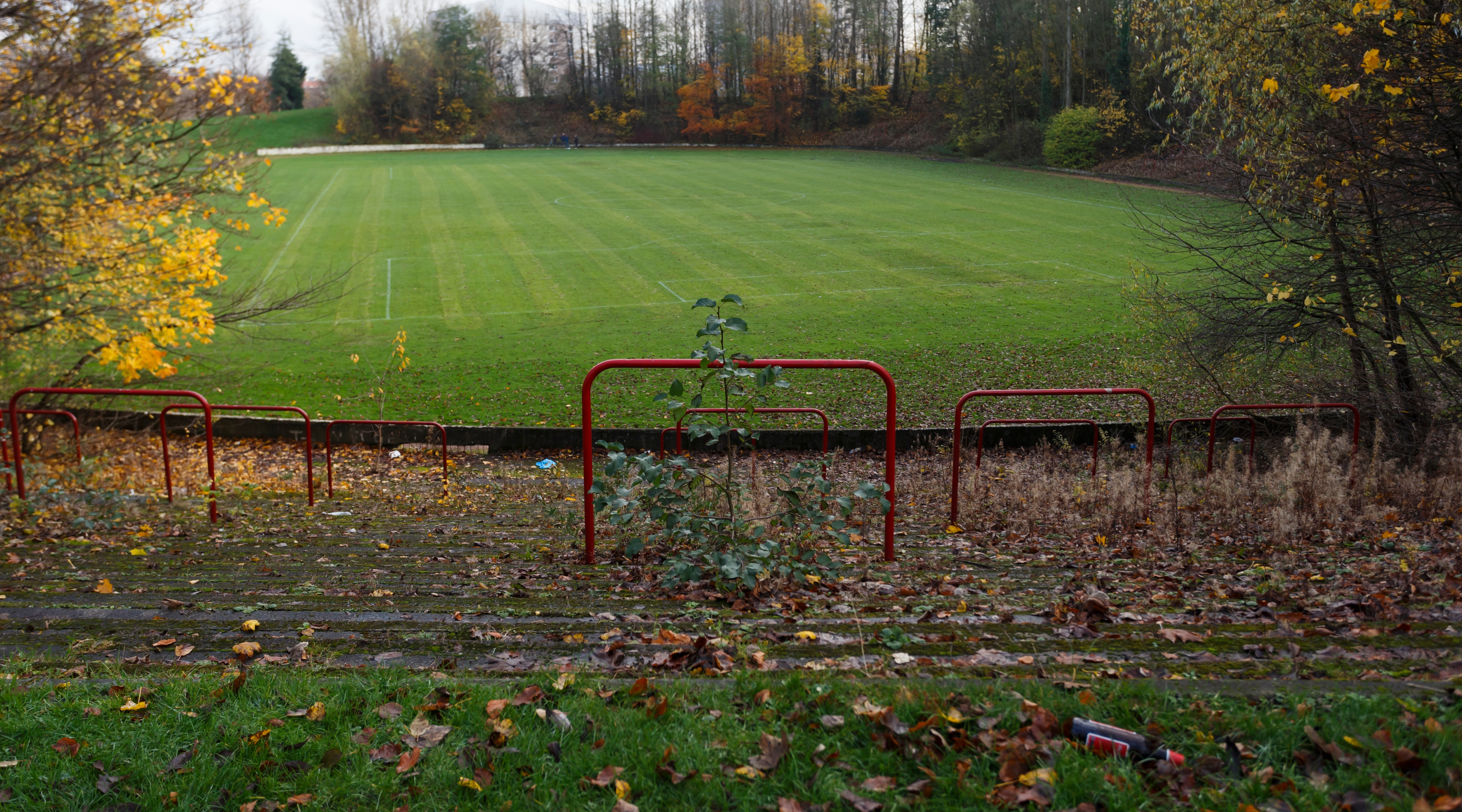
Nowadays, Cathkin Park is just that – a literal park – but this green space in Glasgow is steeped in history – as indicated by the remnants of terracing which encircle it.
The site of the second incarnation of Hampden Park, Cathkin Park was the home ground of Queen’s Park and 1903/04 Scottish champions Third Lanark.
14. Filbert Street (Leicester City)

Backed right up against a street of terraced houses on one side, Leicester’s Filbert Street was a charming hodgepodge of old and new by the time it closed in 2002.
While Leicester played Premier League football here, the ground is perhaps best known for what happened in the 2000/01 FA Cup quarter-final: the Foxes were stunned by third-tier Wycombe Wanderers when Roy Essandoh – a striker signed via an ad on Ceefax (remember that?) popped up with an injury-time winner.
13. De Meer (Ajax)

We know them as one of the biggest clubs in the world now, but it wasn’t always that way: Ajax once played their home games in a stadium holding less than 30,000.
By 1930, Ajax were playing their European fixtures at Amsterdam’s Olympic Stadium – but De Meer remained their home for Eredivisie matches until 1996, when they upgraded to the state-of-the-art Amsterdam ArenA (later the Johann Cruijff ArenA).
12. Stade Velodrome de Rocourt (RFC Liege)
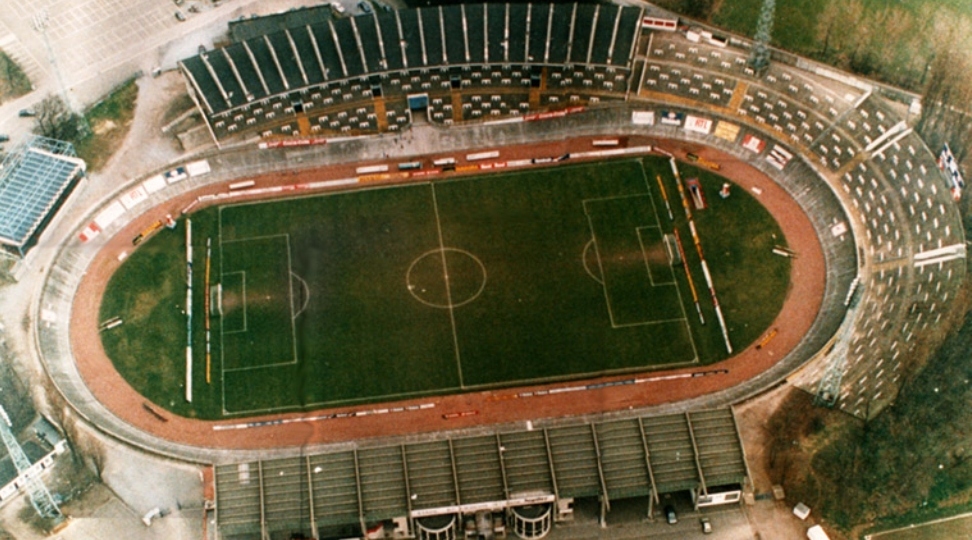
11. The Dell (Southampton)
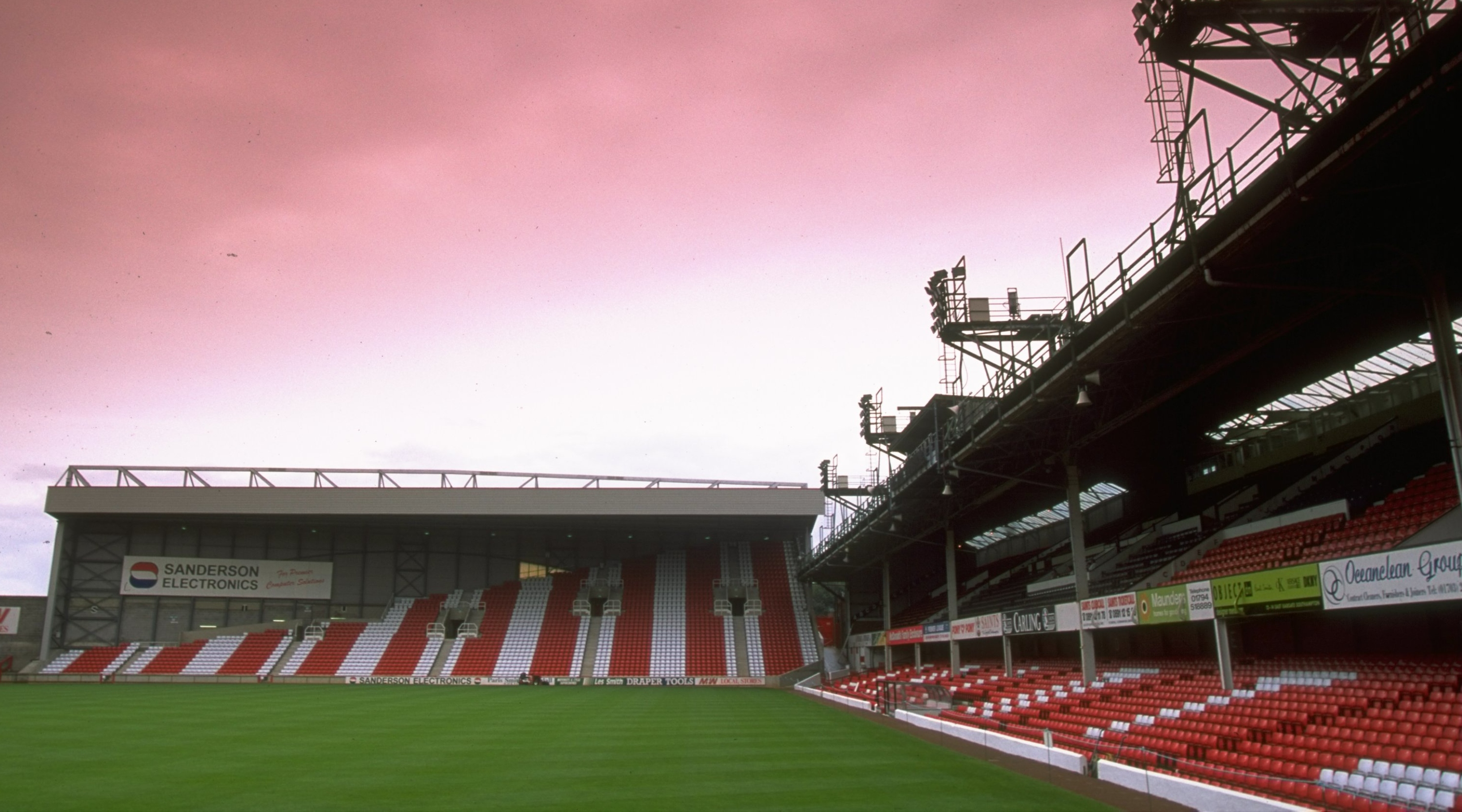
Boasting not one but two triangular (!) stands thanks to its location bang between two roads, the Dell served as Southampton’s cosy home between 1898 and 2001, staging Premier League football for almost a decade.
The scene of one of the English top-flight’s all-time great goals – club legend turned full-time conspiracy theorist Matt Le Tissier’s remarkable brace against Newcastle in 1993 – the Dell is much-missed.
10. Pontiac Silverdome (1994 World Cup, Detroit Express)
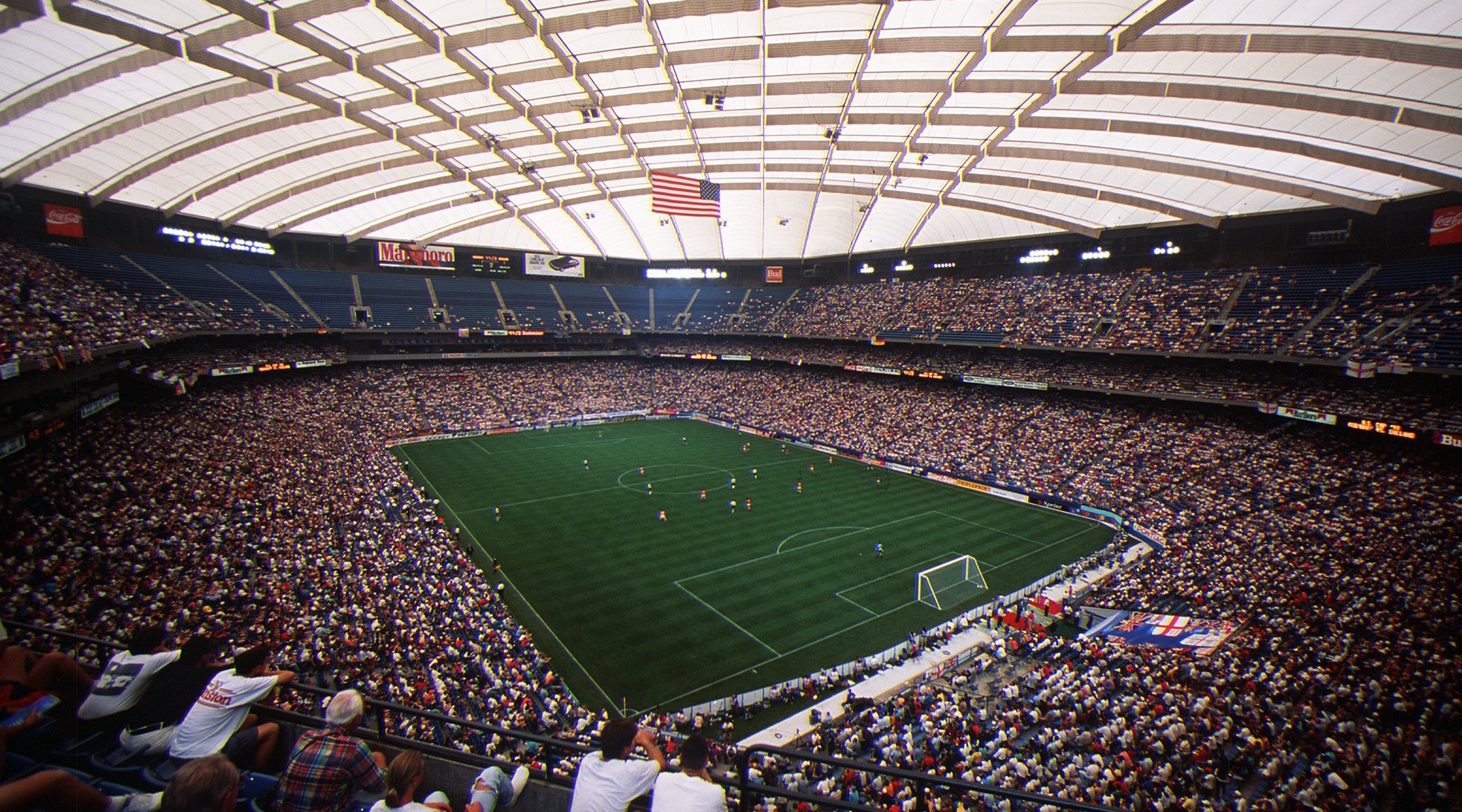
America loves lots of things the rest of the world doesn’t really ‘get’ – and one of those things is an indoor stadium (not even a stadium with a retractable roof; we mean properly indoors).
Opened in 1975, Michigan’s Pontiac Silverdome featured a fibreglass roof held up by air pressure (go science) and became the World Cup’s first – and, so far, only – indoor venue in 1994. It closed in 2013 and was finally demolished five years later.
9. The Old Den (Millwall)
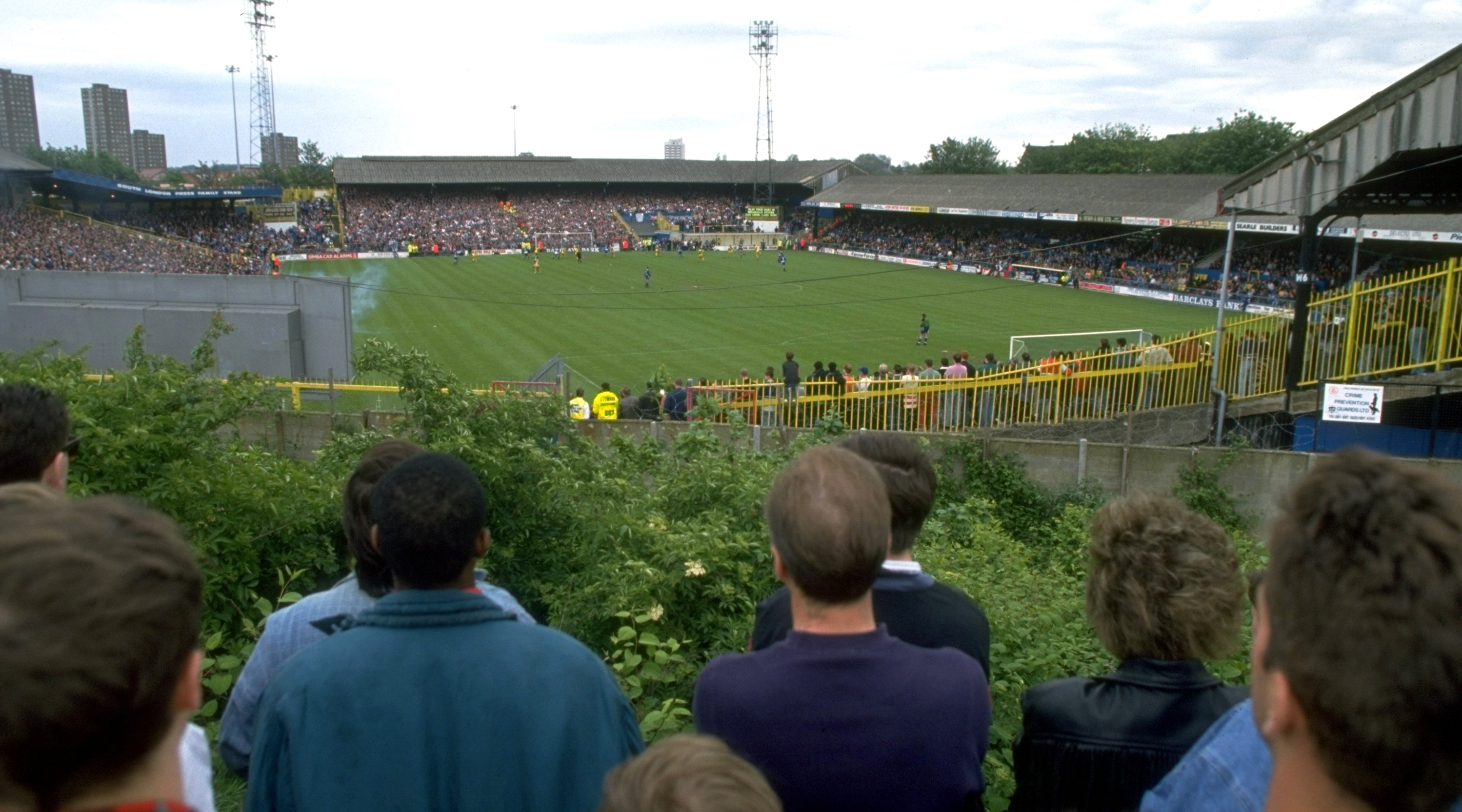
Millwall’s current ground, the New Den, is hostile but lacking in character; its predecessor had both of those things.
Famous for the intimidating ‘Millwall Roar’ which reverberated from the terraces and unsettled opposition players, the Old Den was closed due to fan (mis)behaviour no fewer than five times by the FA throughout its 83-year existence.
8. Roker Park (Sunderland)
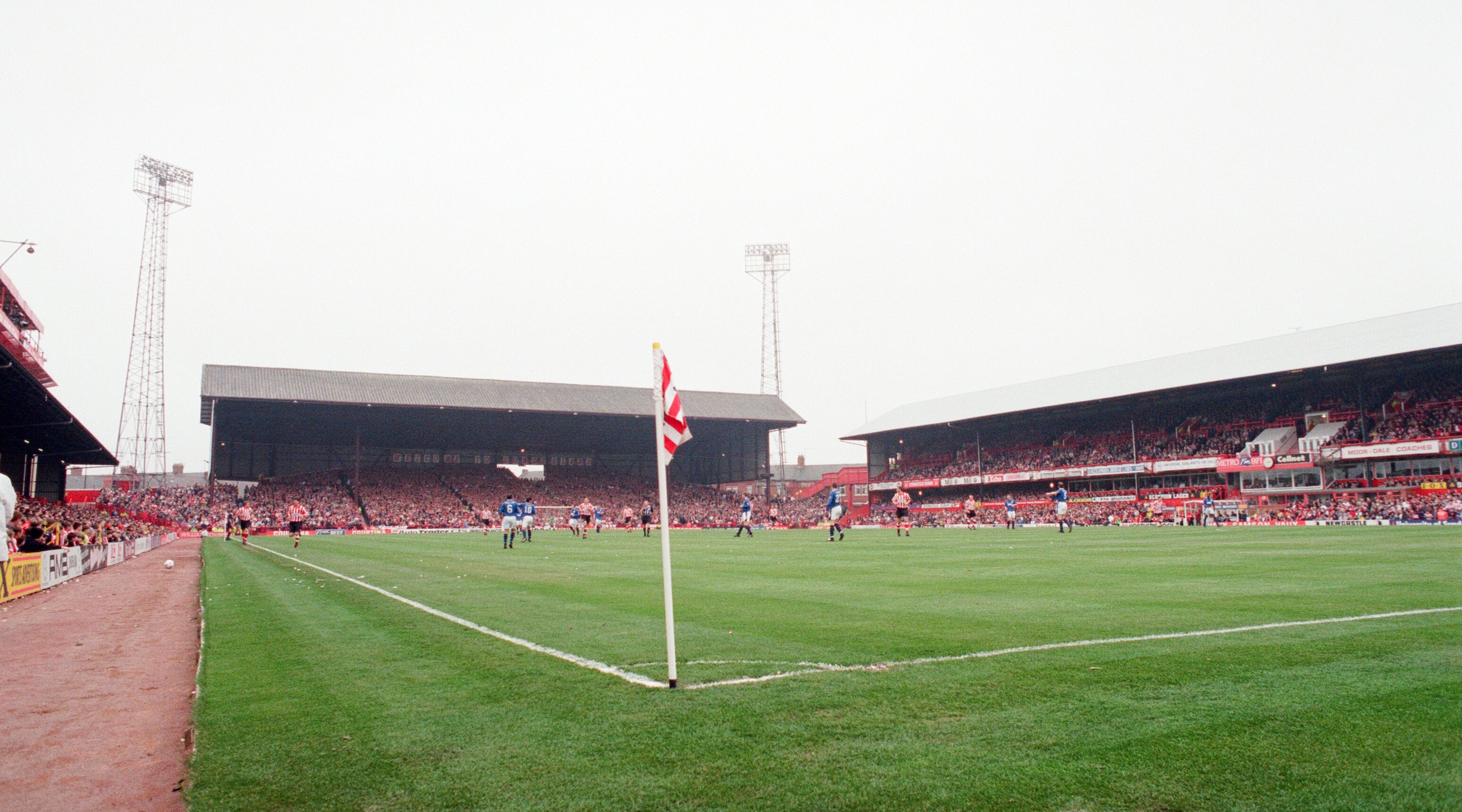
Another storied old English ground with a famous ‘Roar’, Roker Park was Sunderland’s home for 109 years – during which time the Black Cats won six top-flight titles and played in the Premier League for the first time.
Situated a stone’s throw from the North Sea, it could get pretty chilly at Roker Park – whose atmosphere ex-England and Tottenham captain Danny Blanchflower described as the most intense he ever experienced.
7. Zentralstadion (Lokomotive Leipzig)
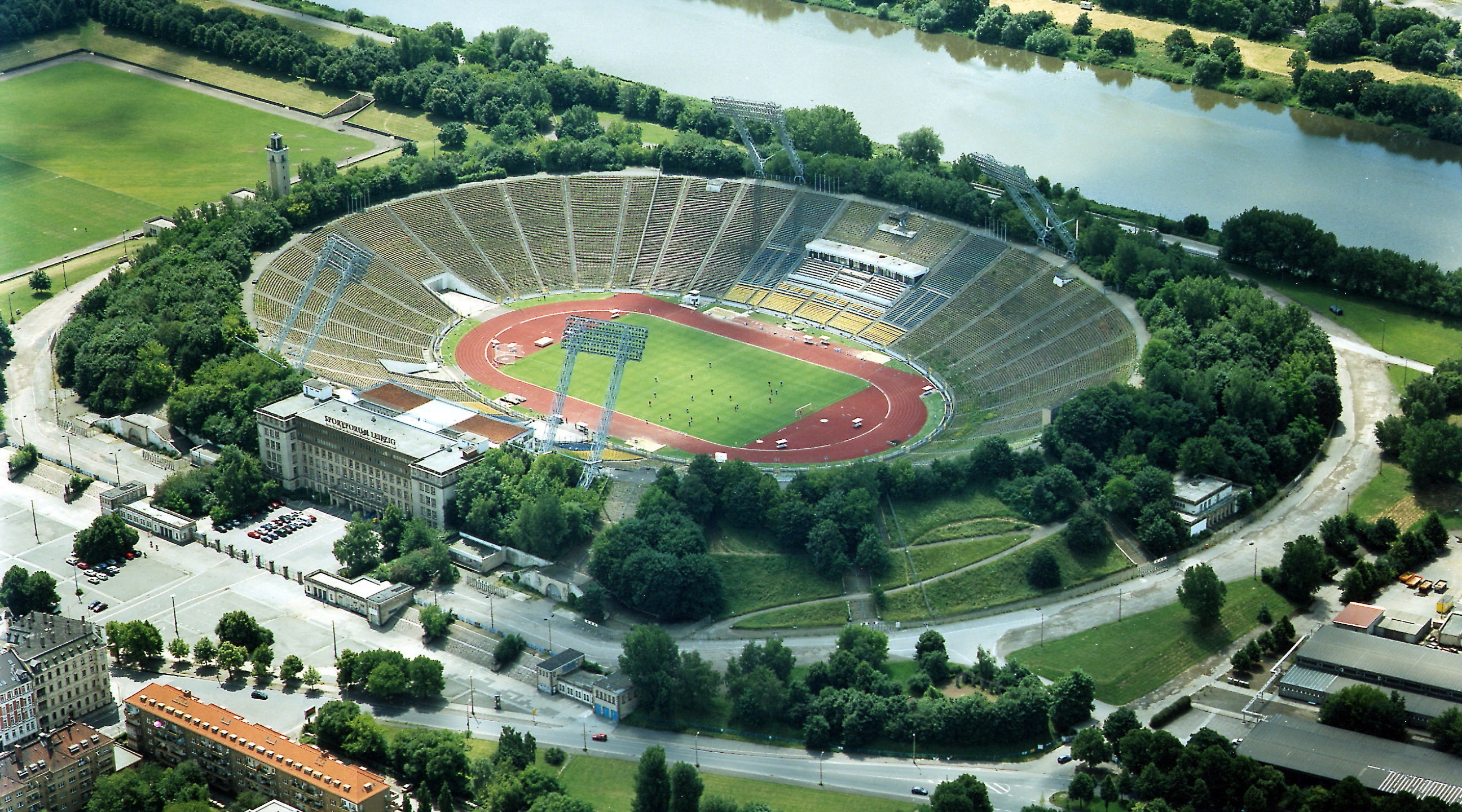
Boasting a capacity of 120,000, the Zentralstadion was an absolute beast – one of the largest stadiums ever built.
Built using debris from the Second World War bombing of Leipzig, this magnificent open-air bowl opened in 1956 and closed in 2000 – after which a new ground was constructed within its remnants, making for one of the most unique venues in Europe today.
6. Boleyn Ground / Upton Park (West Ham)

Many a team came a cropper at West Ham’s Boleyn Ground (aka Upton Park) over the years, as the Hammers were regularly roared on by a raucous crowd in wonderfully close proximity to the pitch.
One of the most-missed grounds of the modern era, it ceased to be West Ham’s home in 2016 – when East London’s switched to the quite desolate London Stadium.
5. White Hart Lane (Tottenham)
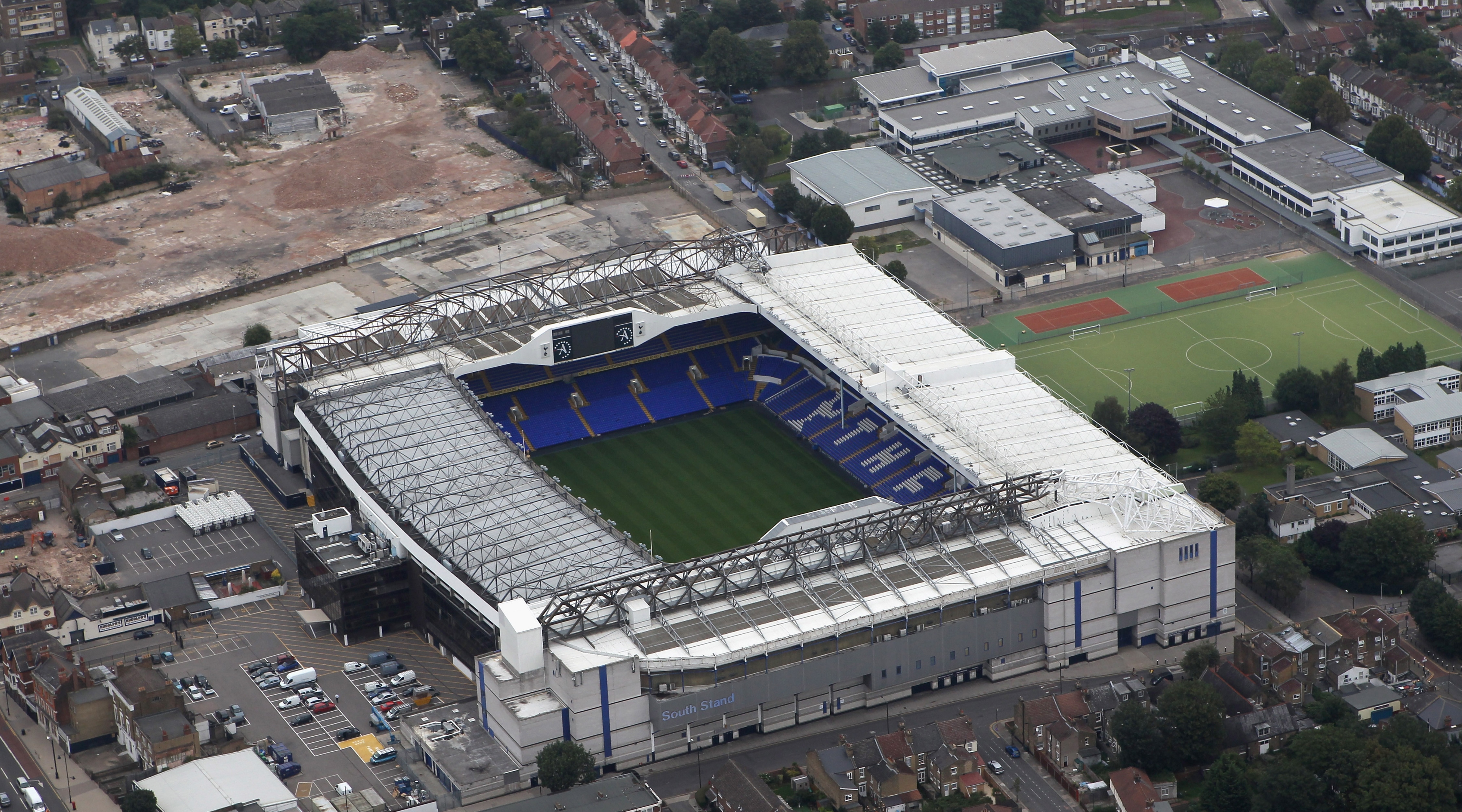
In the late 10s, Tottenham knocked down White Hart Lane and built the shiny new Tottenham Hotspur Stadium on the same site – and in doing so, they said goodbye to a truly iconic ground.
Especially famous was the section of the stadium known as The Shelf, from where Spurs’ most ardent fans vociferously cheered their team on to two First Division title in the middle of the 20th century.
4. Maine Road (Manchester City)

Looming incongruously among the Coronation Street-esque dwellings of Moss Side, Manchester, the mention of Maine Road continues to evoke many smile-inducing memories among Manchester City fans more than 20 years after its closure.
Fantastically haphazard thanks to various stands being built and rebuilt over the years, Maine Road was City’s home sweet home from 1923 to 2003. It also hosted FA Cup semi-finals, a League Cup final and some England internationals.
3. Vicente Calderon (Atletico Madrid)

Petition for all stadiums to have a MOTORWAY running underneath them.
Ok, so that’s probably not very practical, but can you honestly tell us the Vicente Calderon – Atletico Madrid’s ground for 51 years – wasn’t an insanely cool place?
Host of the Copa del Rey final on 14 occasions and a 1982 World Cup venue, it also had a river flowing behind it. Come on now…
2. Highbury (Arsenal)
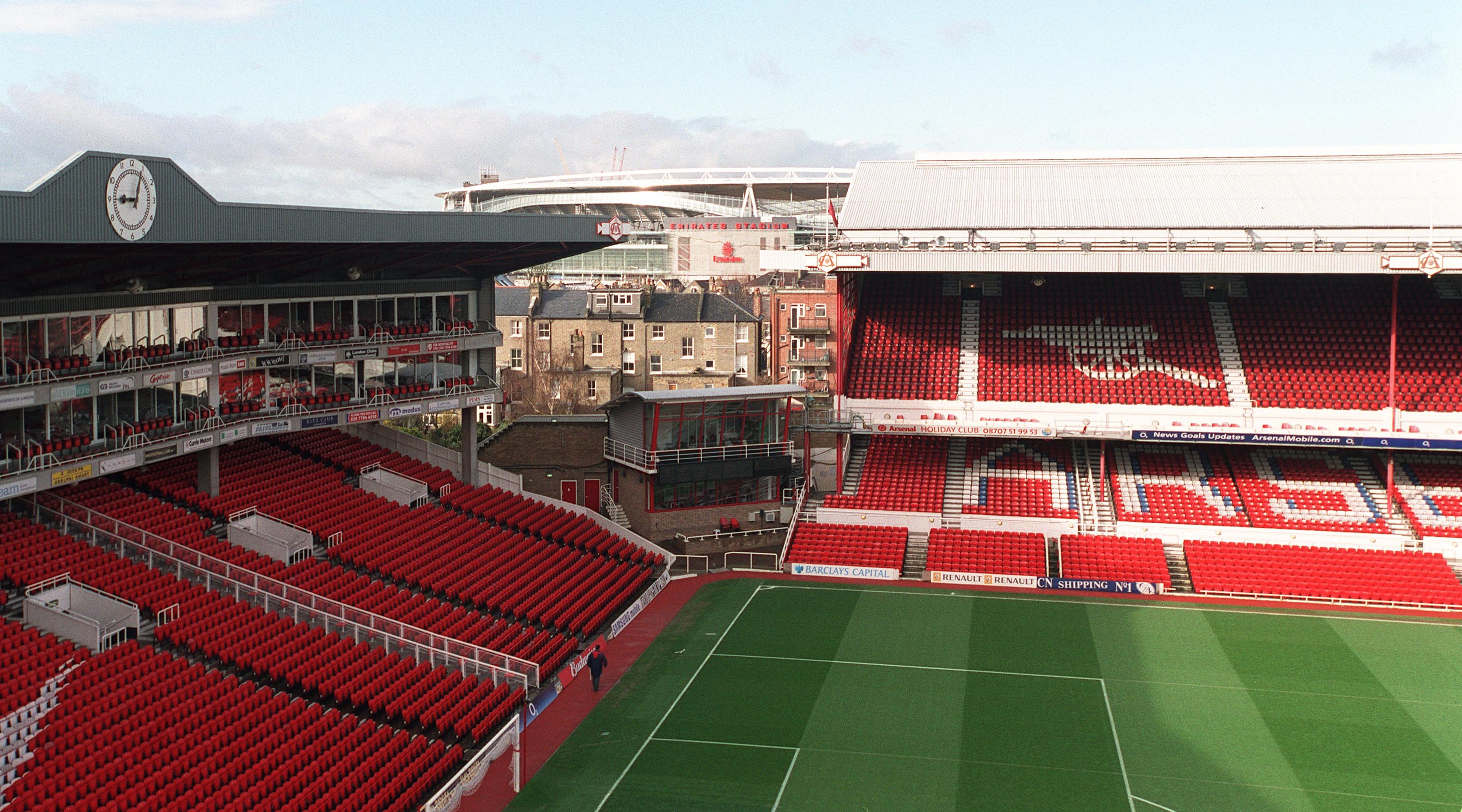
It’s somewhat crazy to think that Arsenal were still playing at Highbury as recently as 2006 – it’s a world away from their current Emirates Stadium – but Gunners fan could not look back their old ground more fondly.
The North London giants made plenty of history there over the years – most notably completing their 2003/04 ‘Invincibles’ Premier League title-winning campaign.
1. Wembley Stadium (England)

The original Wembley Stadium; the original home of football: it just had to be number one.
English football fans (and football fans anywhere else in the world, for that matter) could have been forgiven for shedding a tear when the second of the iconic twin towers was razed to the ground in 2003.
Its replacement is seriously impressive, sure, but it will never compare to ‘old Wembley’, the scene of the Three Lions’ greatest triumph (and Live Aid, obviously).







